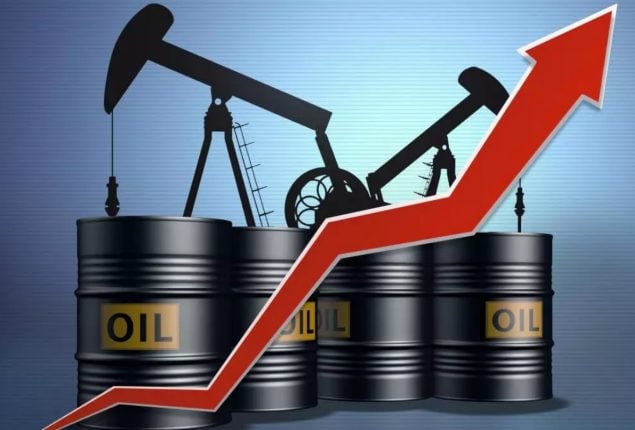

Oil prices climb over 3% in Middle East after US strikes on Iranian nuclear sites
Oil markets surged on Monday, reaching their highest levels since January, as rising tensions in the Middle East sparked fears of supply disruptions. The United States joined Israel in launching attacks on Iran’s nuclear facilities over the weekend, raising concerns about further conflict and its potential impact on global oil flows.
Brent crude futures rose by $1.92 (2.49%) to $78.93 a barrel in early Monday trading, while U.S. West Texas Intermediate (WTI) crude climbed $1.89 (2.56%) to $75.73. Both benchmarks had earlier surged over 3%, with Brent hitting $81.40 and WTI reaching $78.40—their highest levels since January—before retreating slightly.
The price rally followed U.S. President Donald Trump’s announcement that he had “obliterated” Iran’s main nuclear sites, significantly escalating tensions alongside Israeli strikes. As the third-largest crude producer in OPEC, Iran vowed to defend itself, further intensifying market jitters.
Traders fear that Iran may retaliate by closing the Strait of Hormuz—a critical chokepoint that handles around 20% of the world’s crude supply. Reports indicate that Iran’s parliament has approved a measure to close the strait, acting on a threat the country has made in the past but never carried out.
Oil Infrastructure at Risk: What It means for Global markets:
June Goh, senior analyst at Sparta Commodities, warned that rising tensions have significantly increased the risk of damage to oil infrastructure. She explained that although alternative pipelines exist, they cannot fully compensate for the volume transported through the Strait of Hormuz. As a result, some crude exports may be blocked. She also noted that shippers are likely to exercise greater caution, which could further restrict supply.
Goldman Sachs projected that if oil flows through the Strait of Hormuz drop by half for a month, Brent crude prices could briefly surge to \$110 per barrel, with elevated prices likely to persist for nearly a year. Despite these risks, the bank expects no major prolonged disruptions, citing global efforts to ensure supply continuity.
Price Trends and Analyst Perspectives:
Since the conflict escalated on June 13, Brent crude has risen by 13%, while WTI has gained about 10%. However, analysts warn that this geopolitically driven price premium may fade without actual supply disruptions.
Ole Hansen, head of commodity strategy at Saxo Bank, noted that some investors could start selling off their long positions from the recent rally, which may cap further gains in oil prices. The next few weeks will prove critical, as traders closely monitor any potential disruptions in Middle East oil exports.







